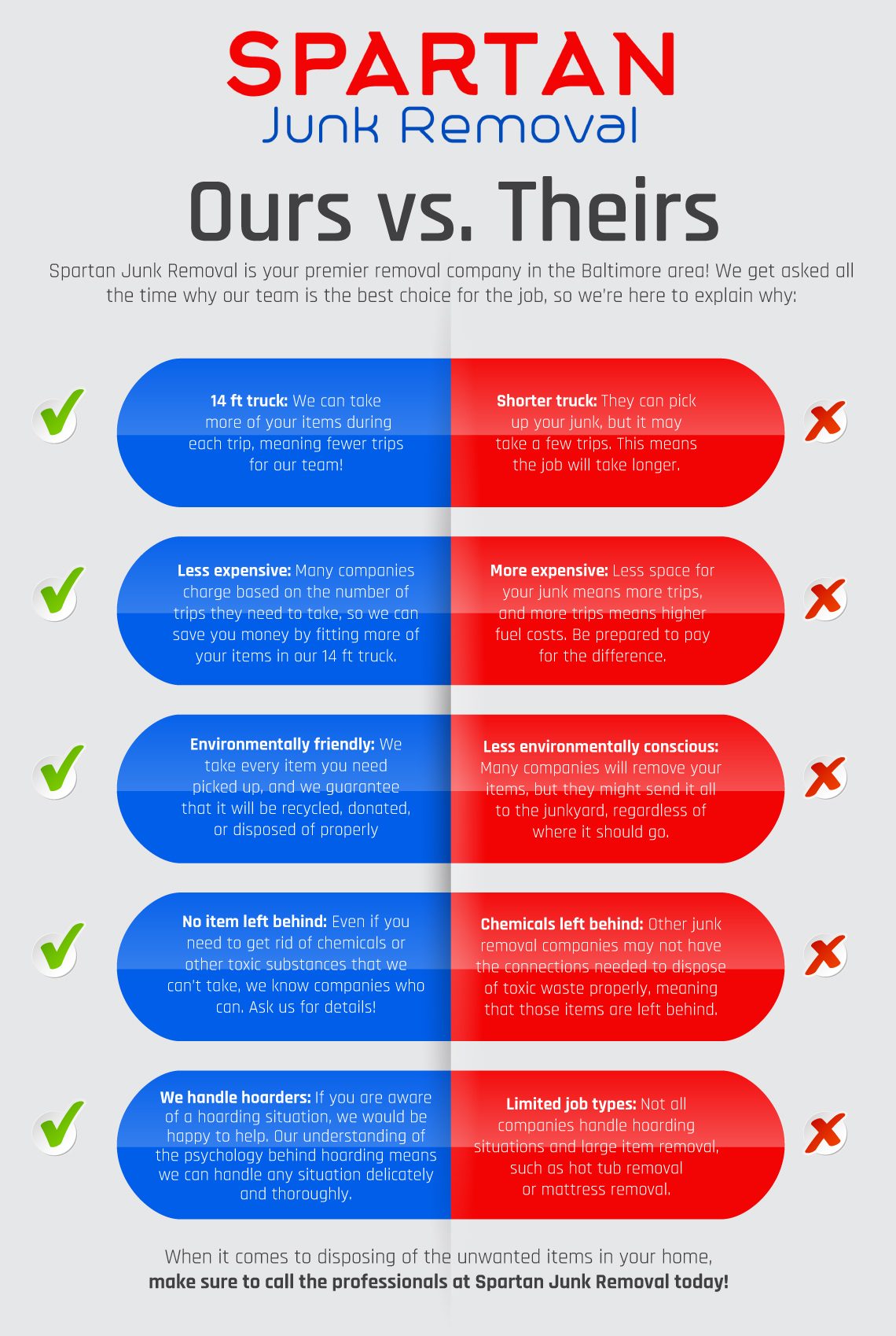Your Comprehensive Overview To Picking The Correct Dumpster Size For Any Type Of Job
Your Comprehensive Overview To Picking The Correct Dumpster Size For Any Type Of Job
Blog Article
Short Article By-Finnegan Fisher
When starting a task that calls for a dumpster, the size you select can considerably impact its effectiveness and cost-effectiveness. Visualize having the excellent container that suits all your waste without being excessively big or too tiny. It all beginnings with recognizing the subtleties of your task and selecting a dumpster size that aligns with your details needs. So, prior to you decide, consider the elements at play to make certain a smooth waste administration procedure from beginning to end.
Elements to Think about
When deciding on the appropriate dumpster dimension, there are several key aspects to consider.
Initially, consider the type of waste you'll be getting rid of. Different products might call for differing quantities of space, so recognizing what you'll be placing in the dumpster is essential.
Next off, evaluate the quantity of waste you expect to produce. If you underestimate the quantity, you might require to make multiple trips to take care of everything, which can be bothersome and expensive. On the other hand, renting out a dumpster that's too huge can bring about unnecessary expenditures.
Furthermore, think about the room where the dumpster will certainly be placed. Make sure there's enough space for the dumpster to be provided and grabbed without any blockages.
Last but not least, think about any kind of weight restrictions that may apply. Surpassing the weight limit can result in additional fees or even the rejection of service.
Dumpster Size Alternatives
For selecting the best dumpster dimension, it's necessary to have a good understanding of the readily available choices. Dumpster dimensions usually range from 10 to 40 cubic yards, with variants in between.
A 10-yard dumpster is suitable for tiny tasks like a garage cleanout or a tiny restoration. If you're dealing with a medium-sized project such as a kitchen area remodel or a basement cleanout, a 20-yard dumpster might be the ideal selection.
For bigger tasks like a whole-house remodelling or commercial building and construction, a 30 or 40-yard dumpster could be more suitable to accommodate the quantity of waste generated.
When picking view site… , consider the amount and sort of particles you anticipate to take care of. https://roll-off-dumpster-rental21975.blog-mall.com/30976431/trick-mistakes-to-stay-away-from-when-renting-a-dumpster 's much better to pick a slightly bigger size if you're unsure to avoid overfilling. Bear in mind, it's even more cost-effective to lease a dumpster that fits your demands instead of needing to get an additional one.
Matching Size to Task
Efficiently matching the dumpster dimension to your task is vital for efficient waste management. To figure out the ideal dimension, think about the extent and nature of your task.
For tiny family cleanouts or renovations, a 10-yard dumpster may be adequate. These are typically 12 feet long and can hold about 4 pickup lots of waste.
For bigger jobs like remodeling multiple areas or removing a huge estate, a 20-yard dumpster could be more suitable. These are around 22 feet long and can hold roughly 8 pickup lots.
If you're taking on a significant building job or industrial improvement, a 30-yard dumpster could be the best fit. These dumpsters are about 22 feet long and can suit about 12 pickup tons of debris.
Matching the dumpster size to your job guarantees you have enough space for all waste products without paying too much for extra ability.
Final thought
To conclude, selecting the appropriate dumpster dimension for your job is essential for reliable waste disposal. By taking into consideration aspects like the type and quantity of waste, area accessibility, weight restrictions, and spending plan restrictions, you can guarantee you have the proper size dumpster for your requirements. Make certain to match the size of the dumpster to the range and nature of your task to prevent overspending on unnecessary costs.
